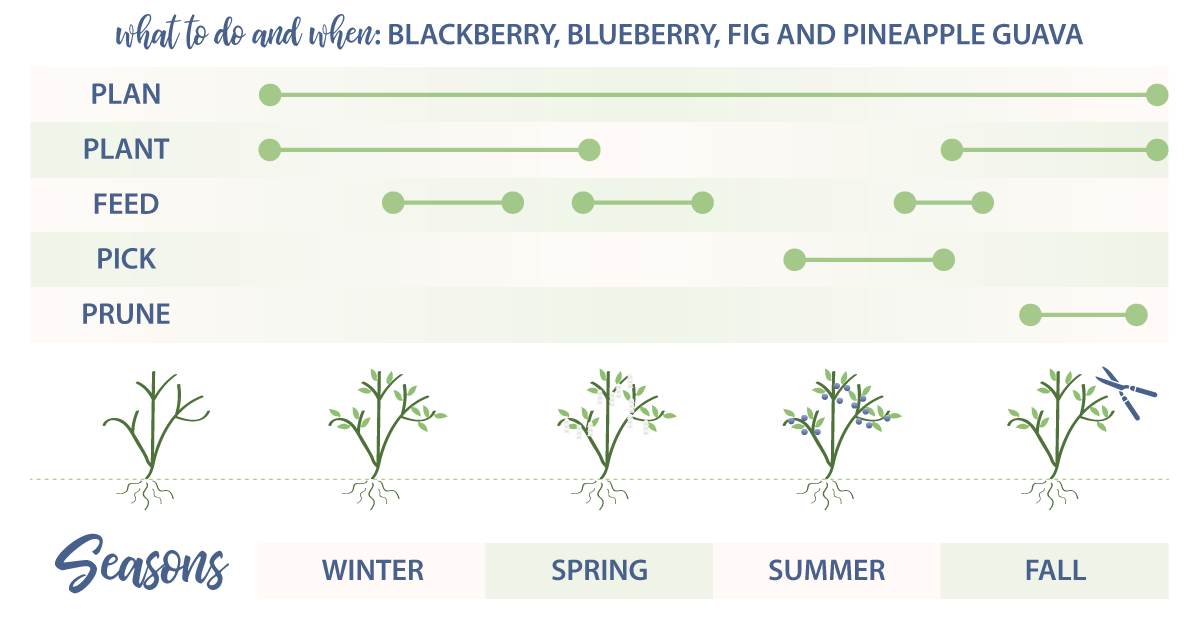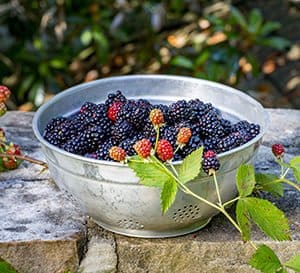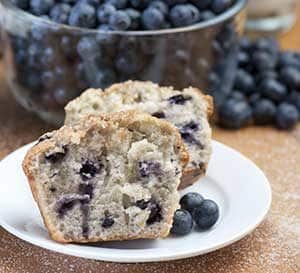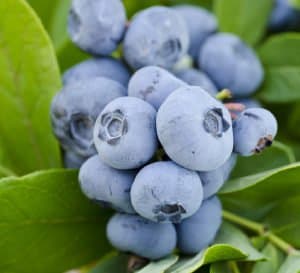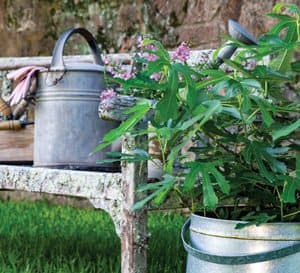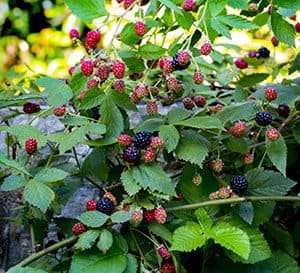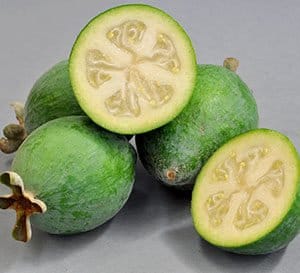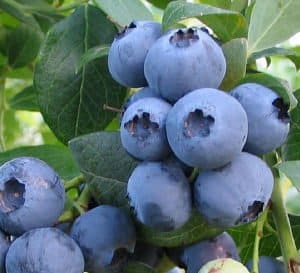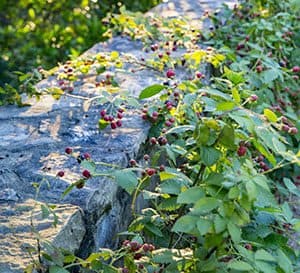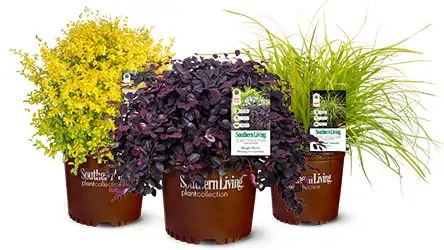By Mary Beth Shaddix
Growing your own fruit is one of the most rewarding treats for a gardener. In addition, the eye-catching flowers and foliage that these fruiting plants produce are icing on the cake. Blueberries, blackberries, pineapple guava and fig are perfect plants to consider. They don’t require much extra care to produce bountiful fruit, though it does take some thought and planning. What to do for edible plants — and when — is easy when you learn the cycles of growth.
Follow the Seasons When Planning Fruit Plant Care
Seasons make it simple to remember. When it’s cold, we huddle up, hunker down and plant our feet near a warm fire. Plants, too. They develop roots wider and deeper into the soil below, re-routing energy normally used for growing shoots and leaves. When temperatures rise in spring and summer, we bare arms and bask in the sun’s rays, probably burning a lot more calories running around to enjoy the outdoors. Plants also switch their focus to producing new foliage to absorb these rays, turning this into chlorophyll and turning up the charm. They need good feeding and support to produce these branches, leaves, flowers and fruit. And, like us at the end of a busy summer before school starts again, plants also require rest and a bit of a haircut. By knowing the cycles of where and why energy is spent in a plant’s growth cycle, you can manage the healthiest edible shrubs for your landscape.
Plan Your Edible Garden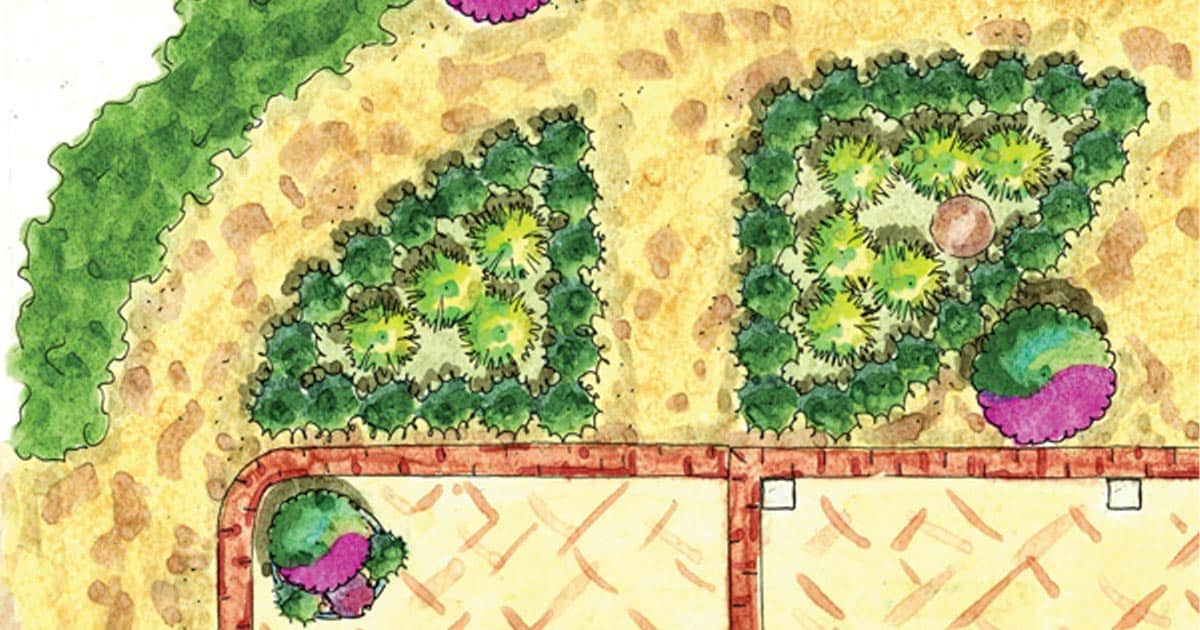
When is the best time to plan your garden? Any day, any month of the year. It’s a constant evolution of evaluating and trying new ideas. As your landscape matures or your interests grow, you may find inspiration to expand landscape borders, add new beds or provide instant gratification with containers. The coldest winter months of January and February are a great time to garden “virtually,” perusing websites, magazines and photos online. Look back at the previous year’s successes and wishes. With the bareness of winter, it’s also a great time to evaluate the “bones” of your landscape design before shrubs and trees are flush with foliage.
Plant Berry Plants and Fruit Trees
Ideally, plant edible shrubs when they are dormant, or a time of year when plants are less likely to be stressed by scalding temperatures or sparse rain. By planting in fall (and even early winter in the South), you allow the plant’s energy to focus on creating a strong root foundation. The next most obvious time to plant? When you spot a plant and must have it! With the help of regular watering and your attention, you can ensure that additions at any time of year have the necessary water and supplemental nutrition for a healthy start.
Blackberry, Blueberry, Fig & Pineapple Guava
Like most trees and shrubs, it’s best to plant in fall. It’s understandable that you think to buy the plants when you see the fruit in season at the farmer’s market and want your own. That’s alright; just be sure to water it in well upon planting, and keep it watered regularly. To give the edible shrub its very best start, you should also remove any flowers. This re-routes energy into healthy root production, instead of fruit. Follow our pruning recommendations below.
Feed Your Edible Plants
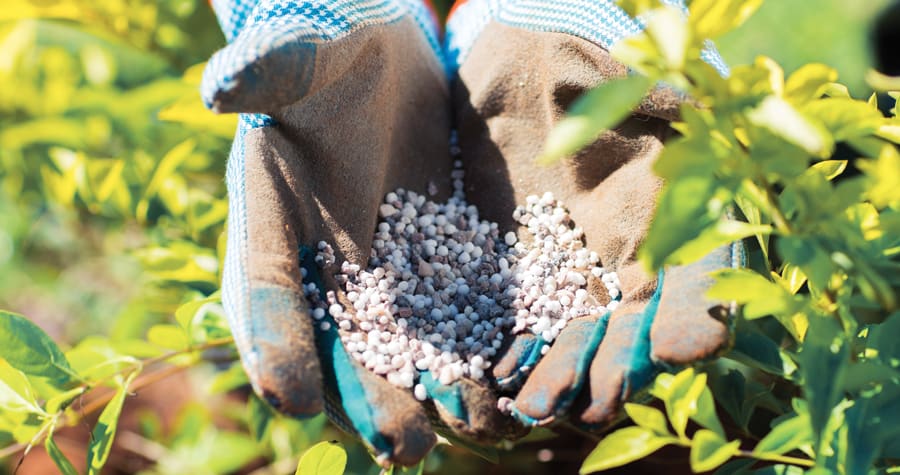
It’s always a good idea to boost plant health with supplemental nutrition. Feed the plants that feed you! For most plants, a balanced, nitrogen-rich slow-release fertilizer works well — and is less work for you. For our Southern Living® DownHome Harvest™ selections, we provide specific recommendations that we find work best:
Blackberry, Fig, and Pineapple Guava
In spring, give these a dose of well-balanced plant food that is rich in nitrogen. Apply another dose after harvest. Use our quick reference chart for details on dosage and how to apply fertilizer to blackberry plants.
Blueberry
Blueberry plants benefit from three applications throughout the growing season: when spring growth emerges, after bloom, and again after harvest. Since blueberries thrive in spaces where azaleas and rhododendrons grow, it’s easy to remember that fertilizers labeled for them would also work well for blueberries. They require fertilizers with an ammonium form of nitrogen such as sulfur-coated urea, ammonium sulfate or cottonseed meal. To learn more about rates and how to apply, read further details about fertilizing blueberries.
Pick Your Fruit Harvest!
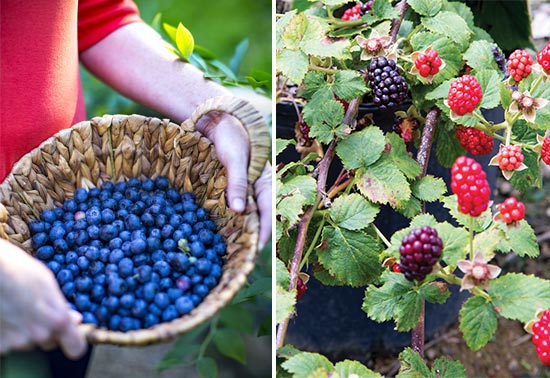
The moment for which you’ve planned, planted and waited! You’ll need little instruction for this part except to have a bowl and recipes handy.
Blueberry
Expect harvest time for our Takes the Cake™, Bless Your Heart™, and For Heaven’s Sake rabbiteye blueberries to span June and July, depending on where you live in the South. Pick berries that are full and have a powdery-blue sheen on the skin. Let those with pink or green hues mature a bit longer.
Blackberry
Expect harvest time to span June and July, depending on where you live in the South. Mature fruits will be quite large — some nearly two inches —and so full that the individual “beads” give a little when slightly squeezed.
Fig
Little Miss Figgy™ Dwarf Fig yields fruit in both spring and fall. Look for a burgundy-wine color on the fruit, which should be soft to the touch and hanging down from the branch (instead of up and erect on the stem). When it’s fully ripened, it is easy to pull.
Pineapple Guava
You get two harvests from this beauty, Bambina™ Pineapple Guava: edible flowers and fruit. Pick a few marshmallow-flavored flowers to munch on in spring, but leave the majority to provide fruit that ripens in early to late fall. Fruit falls from the branches when it’s at peak ripeness, which is an easy indicator!
Prune Your Berry Plants and Fruit Trees
Pruning and cutting is one of the healthiest habits you can have in your home garden. It encourages growth, removes dead and decaying matter and opens up the branching.
Blueberry
As hard as it may be, it’s recommended to prune your blueberry plant back by one-third after planting. What seems like a sacrifice your first summer will prove worth the wait, allowing your plant to produce a more robust root system and fruit harvests in years to come.
Blackberry
Pruning for prime conditions depends on the selection you’re growing. Primocane varieties produce fruit on the primocane (think “primo,” or first cane). ’Prime-Ark Freedom’ benefits from tip-pruning the canes in early spring to encourage side shoots and more fruit. After a late summer harvest, remove dead or decaying canes. Alternatively, ’Osage’ and ‘Navaho’ are floricane-fruiting selections. These are second-year canes that have lived through a winter and produce flowers that fruit by early summer. To care for these, remove the exhausted fruit-bearing canes after harvest, leaving the newer cane growth to produce next year.
Fig
These benefit from a trim in late winter or early spring, after danger of frost has passed and before new growth emerges. In its second year in your landscape, it’s a good idea to nip off about a third of last year’s new growth, pruning back to a bud or branch, and remove any dead or decaying branches.
Pineapple Guava
This lush evergreen shrub naturally grows in a round, mounded habit about four feet tall and wide. There’s no need to prune, unless you prefer to shape into a hedge or espalier.

